Blanketing the upper elevation plateaus and mountains of the Southwest are forests of ponderosa pine (Pinus ponderosa), mixed conifer, spruce-fir, and quaking aspen (Populus tremuloides), collectively known as montane forests. Montane forests cover only about 8% of the combined areas of Arizona and New Mexico, but are an important source of biological diversity, as well as timber, livestock forage, water, recreation, and scenery.
-
Article 1: Introduction to Montane Forests of the Southwest
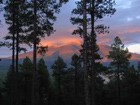
The American Southwest is generally thought of as an arid region with expanses of deserts that are interrupted only by cities such as Phoenix, Tucson, and Albuquerque. This image of aridity has some truth, but the region also has cool, moist montane areas, namely the upper-elevation plateaus and mountains. Read more
-
Article 2: Ecosystem Drivers in Southwest Montane Forests
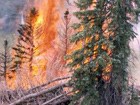
Climate, soil, topography, natural disturbances and vegetation dynamics all help shape the montane forest ecosystems of the American Southwest. Read more
-
Article 3: Montane Forest Vegetation in the Southwest
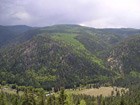
Montane forests of the American Southwest are generally divided into four forest types based on the dominant tree species. With increasing elevation, they include three coniferous forests: ponderosa pine forest, mixed conifer forest, and spruce-fir forest. The fourth forest type is quaking aspen forest, a deciduous forest that grows in areas of past disturbance, primarily at the elevation of mixed conifer forest. Read more
-
Article 4: Human Impacts on Montane Forests of the Southwest
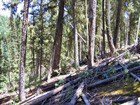
Prior to settlement by non-indigenous peoples, Native American impacts on southwestern montane forests were highly localized. Initial impacts of non-indigenous peoples on montane forests were also small, but grew in the second half of the 19th century when railroads linked the American Southwest to large commercial markets and made livestock grazing and timber harvesting profitable. Read more
-
Article 5: Conclusions and Literature Cited
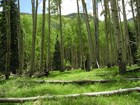
While this overview of montane forests is based on the research of many scientists, additional research is still needed. Read more
